𝗙𝗿𝗼𝗺 𝗛𝗶𝘀𝘁𝗼𝗿𝘆 𝘁𝗼 𝗣𝗿𝗼𝗺𝗶𝘀𝗲 – 𝗔 𝗝𝗼𝘂𝗿𝗻𝗲𝘆 𝗼𝗳 𝗕𝘂𝘁𝗶𝗴’𝘀 𝗥𝗲𝘀𝗶𝗹𝗶𝗲𝗻𝗰𝗲
Tucked away in the heart of Mindanao, Butig stands as one of the oldest settlements in the region, a place steeped in history and cultural significance. This picturesque town, situated within the Pangampong (Principality) of Unayan in Lanao, has played a pivotal role in shaping the Maranao civilization and the broader narrative of Islamization in Mindanao.
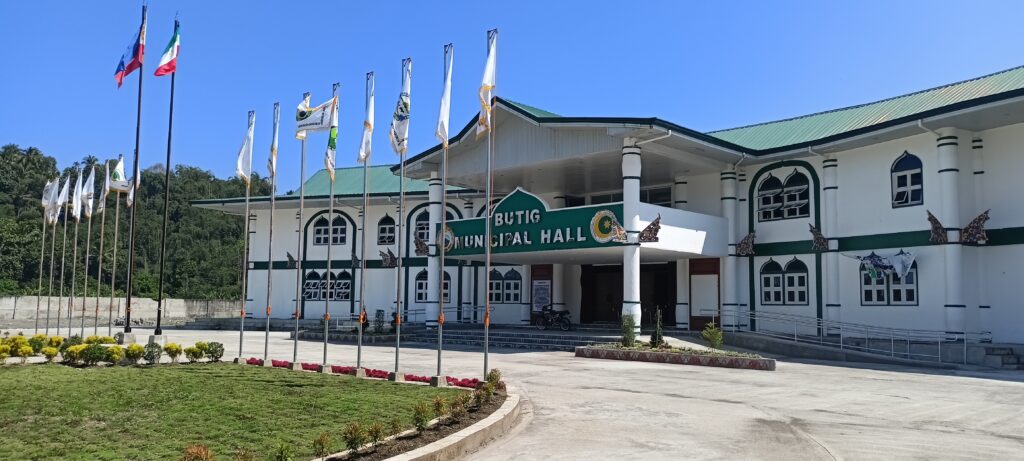
The Birthplace of Maranao Civilization
Butig’s historical significance can be traced back to its role in the Islamization of Mindanao. While Islamic political institutions were taking root in Sulu, Muslim traders and itinerant teachers began to make their presence known in the eastern and northern regions of Mindanao. It was during this time that Muhammad Kabungsuwan, an intrepid Arab-Malay, arrived on the scene. Kabungsuwan and his lieutenants orchestrated a system of multiple marriage alliances with ruling families in the area, extending political control and accelerating the spread of Islam.
Kabungsuwan’s arrival, estimated to be around the early 16th century, is credited with the widespread adoption of Islam in Mindanao. From these marriage alliances, powerful Moro dynasties emerged, including those in Maguindanao, Buayan, and Butig. The Maranaos of Butig played a pivotal role in introducing Islam to the Maranaos of Lake Lanao. While Buayan’s sultanate thrived in eastern Mindanao’s upper Pulangi Valley, Maguindanao’s sultanate held sway in the lower valley and coastal areas, thanks in part to the support of the Iranun people.
During this period, the growth of Islam in Mindanao was further bolstered by increased contact with neighboring regions such as Brunei and Ternate. The royal families of these areas formed close ties, fostering both commercial relations and religious dialogue. This sense of community transcended regional boundaries and dynastic loyalties.
Resistance to European Colonialism
The 17th century marked a period of resistance against European colonialism, as Spanish forces, led by Governor Don Francisco Estovar, embarked on an expedition against the Moros of Mindanao. In 1658, they destroyed the town of Butig, leaving it in ruins. However, between 1663 and 1718, an interlude in the Moro Wars allowed the sultanates to strengthen their organizational structures and Islamic institutions.
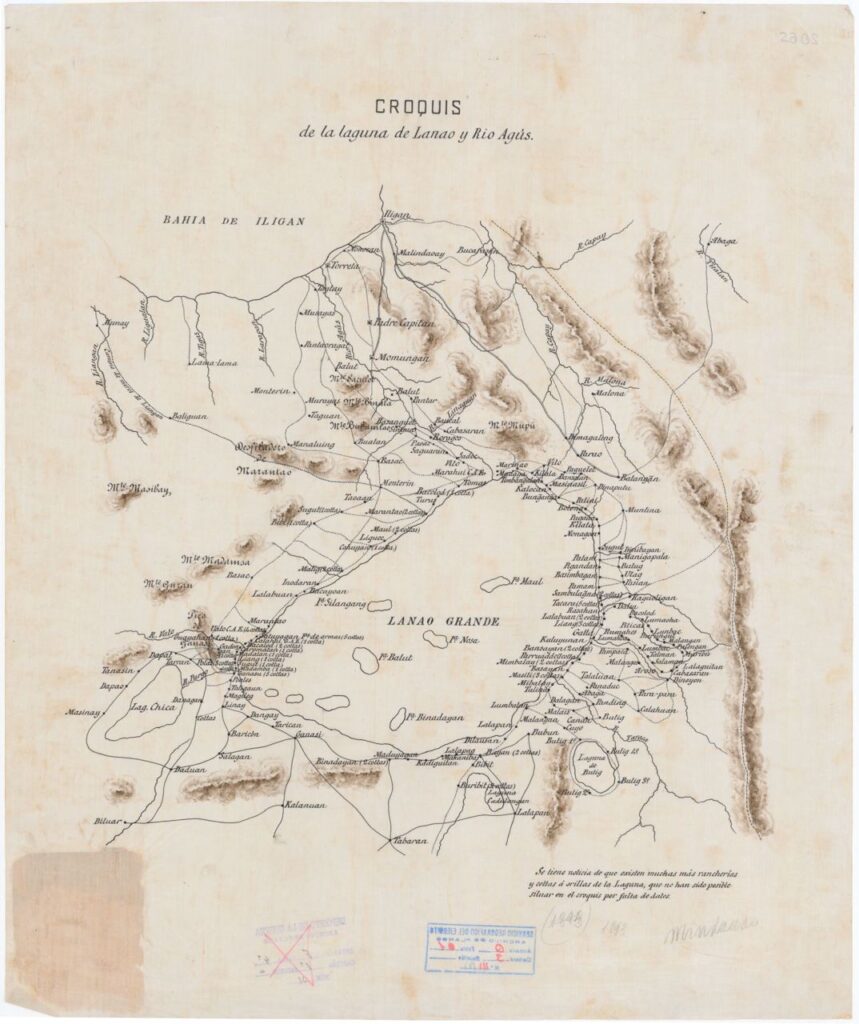
This was also the time when the Sulu Sultanate acquired North Borneo territory from the Sultan of Brunei, expanding its territorial reach. The Spanish government, particularly the Jesuits, sought to evangelize Muslims, leading to the refortification of Zamboanga in 1718. Despite efforts to convert the sultans of Sulu and Maguindanao, these endeavors faced significant challenges.
During this period, Sultan Mardan and the Maranaos of Butig launched devastating attacks on other parts of the Philippines, disrupting the Spanish colonial regime’s economic stability. Captured Muslims were enslaved, and their settlements, boats, plantations, and fields were destroyed. Despite hostilities, it was often the Sulu Sultan who initiated efforts for peaceful settlements.
American Rule in Mindanao
The early 20th century ushered in a new chapter in Butig’s history under American rule. In 1908, Lieutenant Burr led an expedition in Mindanao, encountering Moro outlaws in the Butig Mountains. These outlaws, led by Sultan Mangatung and Amai Maricor of Maciu, caused havoc in the region.
After attempts at conciliation failed, American forces, under Colonel J. F. Hutton, engaged in fierce battles with the outlaws, resulting in the annihilation of the outlaw bands. A brief period of peace ensued, only to be followed by renewed conflicts in Jolo.
A Contemporary Chapter: The 2016 Butig Clashes
In more recent history, Butig faced challenges in the form of clashes between the Philippine military and the local terrorist organization known as the Maute group. Believed to have ties with Jemaah Islamiyah, this group-initiated clashes in 2016, resulting in the displacement of residents and casualties on both sides. The situation remained volatile, showcasing the enduring resilience of Butig in the face of contemporary challenges.
Butig’s rich history is indeed a testament to its enduring significance in the cultural tapestry of Mindanao. From its role in the Islamization of the region to its resistance against colonial forces and its contemporary challenges, Butig stands as a symbol of resilience and heritage, a town with a story that continues to unfold.
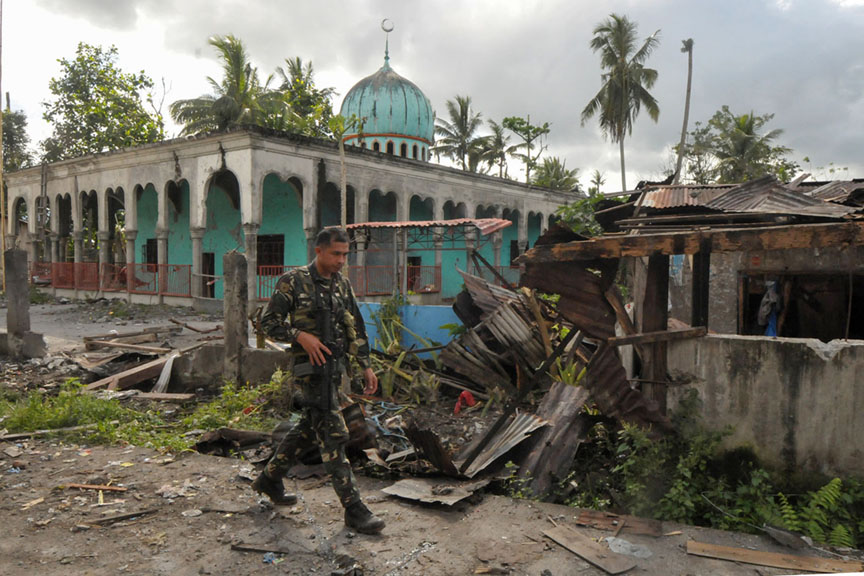
A Town of Unique Political Traditions
In the contemporary political landscape, Butig stands as a unique entity within the Sultanate of Lanao. Holding recognized Royal Titles within the Sultanate requires a bloodline connection to Butig. This tradition, rooted in centuries of history, ensures that the town remains a distinct and treasured part of Maranao culture.
Butig’s Leadership in this Day and Age
Mayor Atty. Dimnatang Labay Pansar leads Butig into this era of progress. His leadership and vision are pivotal in driving the town’s development and transformation. Under his guidance, Butig has continued to evolve and thrive, offering its residents a brighter future and a sense of hope.
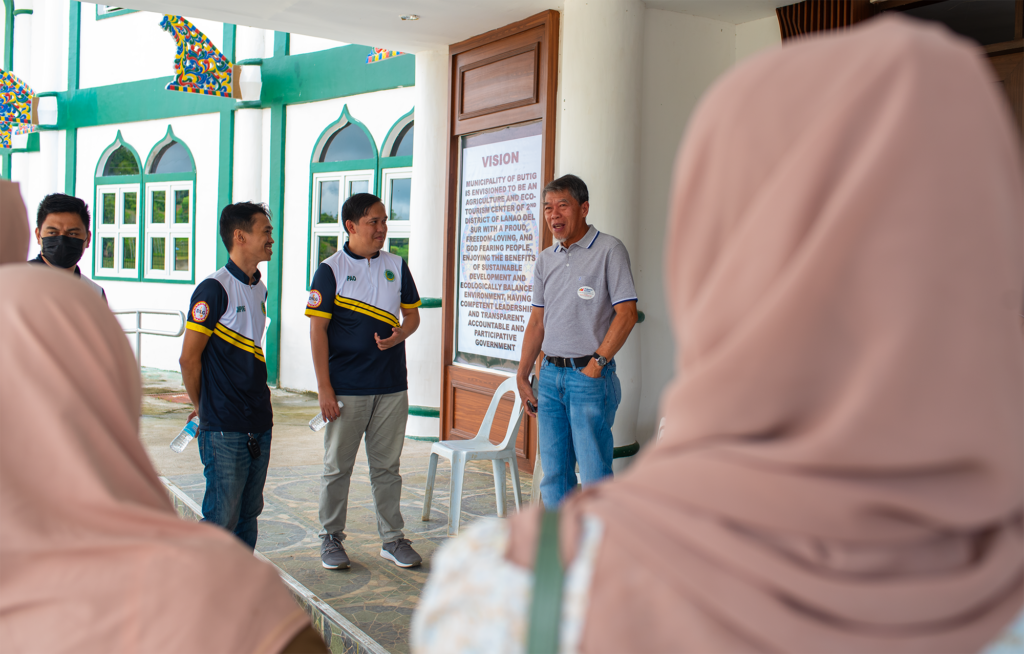
Emerging as a Local Success Story
In September 2023, Butig received prestigious recognition as it was awarded the Top 2 Most Improved 6th Class Municipality by the Department of Trade and Industry in its annual search for the Most Competitive Cities and Municipalities in the Philippines. This acknowledgment highlights the town’s dedication to growth and development.
Butig’s commitment to good governance and local autonomy is further exemplified by its achievement as a national qualifier for the Department of the Interior and Local Government’s (DILG) Seal of Good Local Governance (SGLG). This progressive assessment system distinguishes local government units with exceptional performance across various areas, emphasizing integrity and the pursuit of meaningful local autonomy and development.
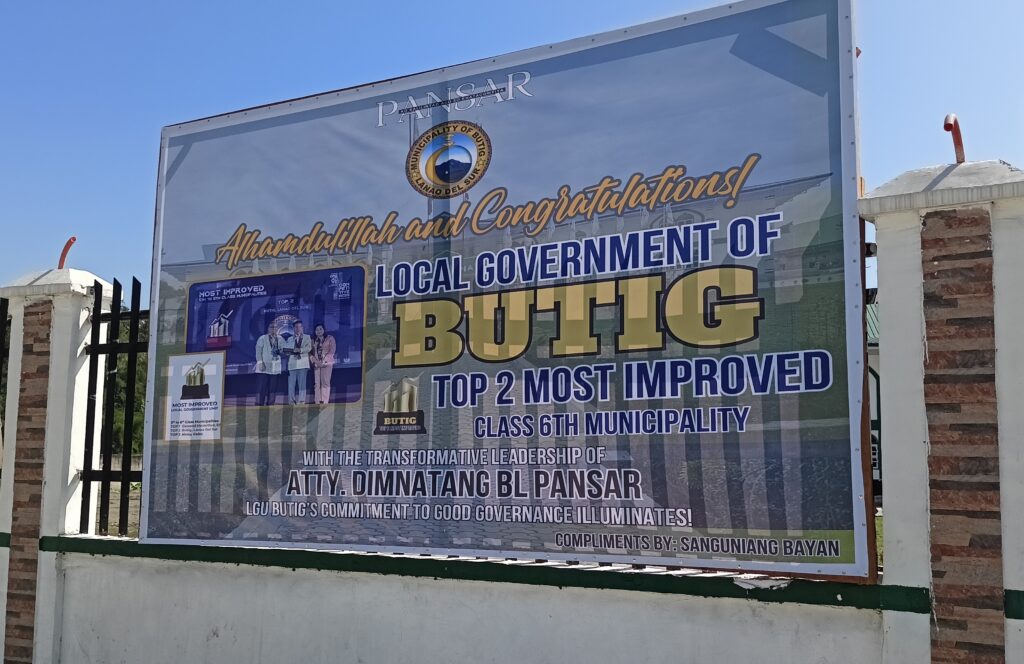
The Emergence of Agrotourism
Today, Butig is on a journey of transformation. The town has set its sights on becoming a vibrant agrotourism destination. The lush, sprawling rice fields that characterize the local landscape are not just a source of sustenance but also a potential source of attraction for tourists interested in experiencing the authentic rural life of the Philippines.
The prospect of agrotourism offers exciting possibilities for Butig. Visitors can immerse themselves in the beauty of the rice fields, partake in local farming activities, and savor the flavors of traditional Meranaw cuisine. It’s a chance for tourists to connect with the land and the community while enjoying the tranquility of this serene town.
Lake Butig: A National Heritage Site
Lake Butig, a national heritage site, adds an even more enchanting dimension to the town’s landscape. While its size may pale in comparison to Lake Lanao, the second largest in the Philippines, this tiny neighboring water basin offers not only more picturesque views but also rich opportunities for fishing tilapia, shrimps, and freshwater eels, and water-based activities. This pristine lake is a treasured part of Butig’s natural beauty, and it’s a place where visitors can find solace and serenity amidst the tranquil waters.
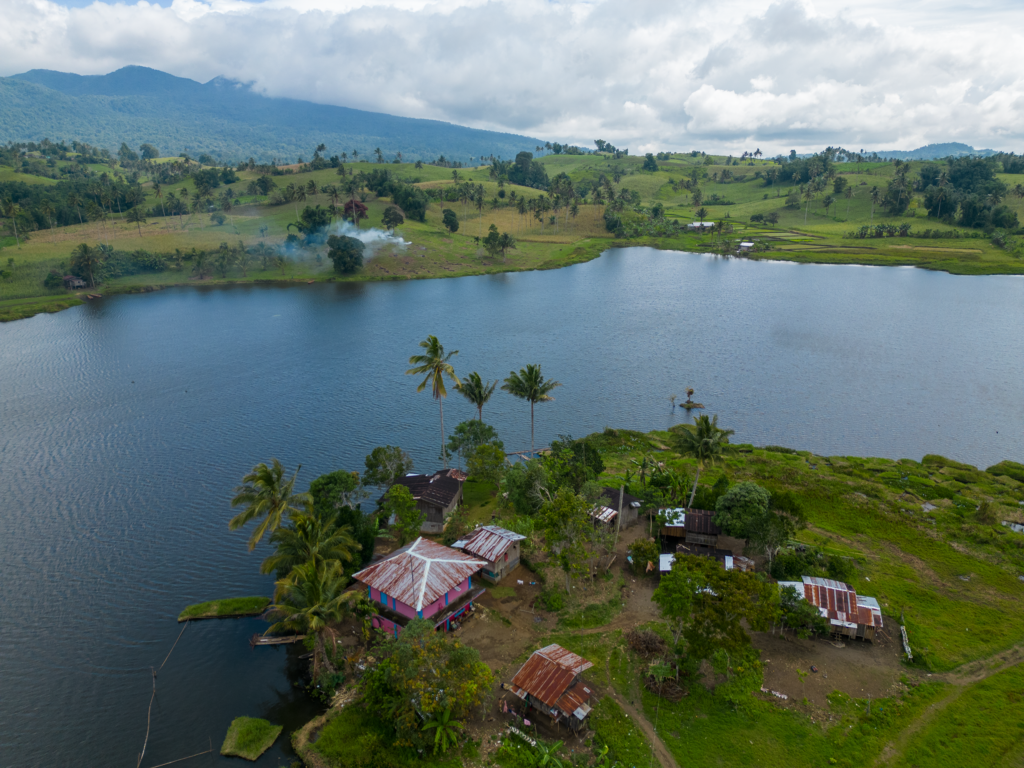
Diversity in the Local Landscape
Butig’s local landscape is not just about rice fields and cultural sites; it’s a diverse tapestry. Surrounding mountains and verdant hills provide a beautiful backdrop for exploration and adventure. The views from these heights offer a perspective that’s both breathtaking and awe-inspiring.
The Road Ahead
As Butig redefines its identity from a town with a violent past to a destination for agrotourism and cultural exploration, the promise of the future shines brightly. It’s a town where history and heritage come together to weave an evolving story of resilience and hope. With its stunning landscapes and its people’s determination, Butig is poised to embark on a new chapter—one that promises to be as vibrant and inspiring as the local landscape itself.
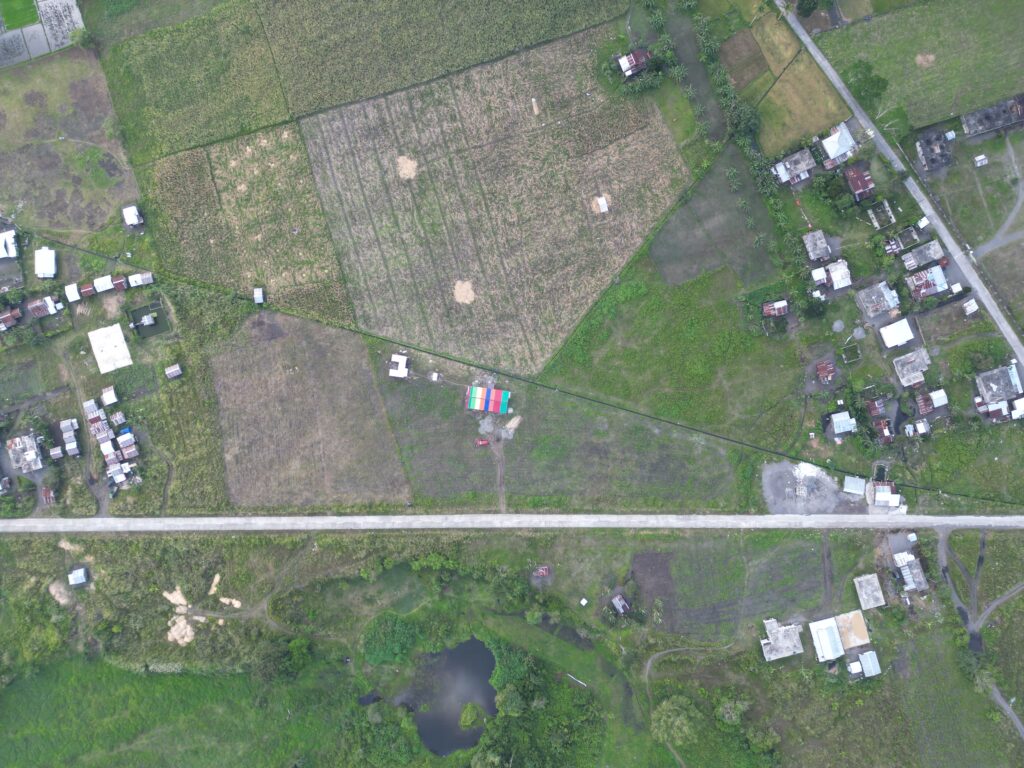
Summarized from Wikipedia and updates by Robert de la Serna